One of the most non-technical applications of the Raspberry Pi minicomputer is its use as a media server for playing music, video and streaming broadcasts of all types of multimedia.
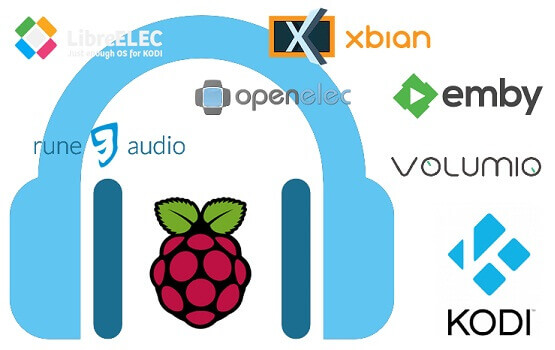
Media servers typically combine media files from all your favorite sources, including local disks, Internet-based music platforms such as Spotify, and streaming video platforms such as YouTube, giving the user one-stop access to all their favorite songs, movies, and shows.
Due to the low cost of the Raspberry Pi and its powerful wireless features, it has become one of the best platforms for this task. This growth has led to the emergence of startups with several media server solutions based on the Raspberry Pi among dozens of DIY versions on the Internet, as well as the release of the Raspberry Pi 4 with I2S, dual HDMI port, more RAM, processing speed and improved connectivity . And now Raspberry pi as multimedia center is the perfect media server.
There are several programs and applications used to convert the Raspberry Pi to a multimedia server. They are either a pre-installed operating system for Raspberry Pi, or an application that can be installed in the standard release of Raspbian or other compatible Linux versions. In today’s article, we will look at these Raspberry Pi software servers, comparing them with each other, examining their pros and cons to help users determine what is best for your purpose.
As mentioned in the introduction, over time, dozens of programs have been created that can turn the Raspberry Pi into an ideal media server that plays music, video, and other multimedia, some of which can connect to multiple streaming platforms to make content on these platforms accessible to the user. From open source programs such as OpenELEC, to paid platforms such as Plex, some of these programs have become more popular than others because of their outstanding features. In this article, we will look at some of the most popular multimedia programs that you can use with the Raspberry Pi.
Raspberry pi kodi
Kodi is by far the most popular tool on this list. Formerly known as XBMC, Kodi is free, open source multimedia playback software that can play multimedia files, including audio, video, and display images locally stored on a drive connected to a computer running the software, or broadcast videos, sounds and images from the Internet.
It is able to play these media files created in any of the popular file formats. Kodi comes as software for installation on the Raspberry Pi as such, even if it is designed to work in full screen mode, it can be minimized to perform other tasks on the Raspberry Pi, making it suitable for scenarios in which you want to be able to use Raspberry Pi from time to time for projects other than a media server.
Plex on raspberry pi
Plex is a client-server media player. The server contains all media files and can be connected to the Internet to access media files stored on several Internet channels. The Plex client, on the other hand, makes it very easy to access or stream all media files from the server, making Plex an ideal way to share music. Plex is ideal for applications that require playing different music in different places or, say, on different devices. For example, two users in different rooms of a house can play different songs from the same plex server.
Plex Media Server can run on many operating systems, such as Windows, macOS, Linux, etc. Plex organizes all your media files, be it music, movies, photos, shows, in pure form with posters and thumbnails, and also shows ratings and other things. from online services. Plex has both a free and a paid version, and, of course, the paid version has more bells and whistles than the free version.
Openelec for raspberry pi
OpenELEC (Open Embedded Linux Entertainment Center) is a media server based on JeOS (just enough operating system – enough operating system). The operating system has everything you need to ensure that the Raspberry Pi only works as a media server.
Instead of software that can be installed on Raspbian, such as KODI and Plex, it is an operating system (based on Linux) in itself, very small and very fast. It provides a complete media center software package that comes with a pre-configured version of Kodi along with several third-party add-ons, including retro game console emulators and DVR plugins. It is similar to the XBMCbuntu distribution (formerly XBMC Live), but specifically targets minimal hardware consoles, such as the Raspberry Pi.The active media player on OpenELEC is Kodi, as it has most of the features available on Kodi, with add-ons derived from add-ons. Its main advantage over conventional KODIs is add-ons that facilitate access to more platforms and content, while its main advantage over others is that it consumes relatively little space / memory and loads quickly due to its light weight and the fact that it was created only for this purpose.
Raspberry pi osmc
OSMC, like OpenELEC, is an entire operating system specially configured for use as a media server, with the only difference being that there is some flexibility in the configurations that OSMC brings to the table.
It is an operating system based on the Debian OS, also built on the basis of KODI, but with a lighter and more optimized skin than OpenELEC, which makes it feel a little faster when navigating Kodi. OSMC has the same limitations when using a lightweight OS designed for a single task, but provides a significantly better overall user experience compared to OpenELEC (and its additional features). This tool is easier to set up.
Runeaudio Raspberry pi media center
As for audiophiles, usually we are talking about music with little interest in video and other types of multimedia, so the attraction may be to install a server that can only extract music from several channels. It is at this point that users should consider using solutions such as Rune Audio.
RuneAudio is free, open source software that turns embedded hardware into Hi-Fi music players. This is JeOS, based on a specially crafted Linux distribution, with only the features and features needed for high-quality music. The operating system is optimized to get the best results from the Raspberry Pi, adjusting its settings to ultimately get a high-quality Hi-Fi system.
Volumio Raspberry pi media center
Like RuneAudio, Volumio is a media server for the Raspberry Pi, designed for audiophiles, as it only supports music. It was developed specifically for the Raspberry Pi and is based on the Raspbian distribution, which gives it the ability to manage the music library on the Raspberry Pi. This easy-to-use software supports all file types (mp3, FLAC, Alac, Aac, Vorbis, etc.) and works with the DAC expansion boards for the Raspberry Pi, giving it HI-FI capabilities with enhanced sound quality and comfort .
Like OpenELEC and OSMC, Volumio comes as an operating system as such, like others, it turns the Raspberry Pi into a single target device. Like most other media players, Volumio can be controlled by any user on the same local network as your Pi, giving everyone in the room or in the Wi-Fi coverage area with the necessary access to choose the next song. In general, Volumio can only play music from storage devices connected to the Pi, but using the available extensions and its DLNA and AirPlay compatibility, it can be used to play sprites or streaming audio streams from iphone, Macbook, and other devices. Airplay compatible devices.
xbian
Xbian is a very small, fast and lightweight media center for the Raspberry Pi, based on the minimal Raspbian image. Xbian was created for lightweight devices like the Raspberry Pi, with the simple goal of providing the fastest KODI solution for the Raspberry Pi.
Like OpenELEC and others, it comes as a pre-packaged image for the Raspberry Pi, so it also turns the minicomputer into a single functional device. However, unlike other software, Xbian has over time released the excellent KODI rendering on the Raspberry Pi with a very smooth user interface, user-friendly configuration and Airplay support. Xbian also has auto-update features, which means it automatically updates every time a new stable release is available, giving the user unlimited access to new features right after they are released.
Libreelec
LibreELEC (Libre Embedded Linux Entertainment Center) is a non-profit fork of OpenELEC. Like OpenELEC, it is JeOS based on the Linux distribution for KODI.
It was released in 2016 when it announced its secession from OpenELEC, and the team indicated creative disagreement as the reason for this separation. This is a conservative version of OpenELEC, whose team is more focused on making it work properly, with an emphasis on pre-release testing and post-release change management. As a result, it became the most stable fork of OpenELEC, perhaps more stable than OpenELEC itself. In addition to the stability and protection against failures typical of other forks, it has a unique feeling when working with Kodi. The strong support LibreELEC has that makes monthly updates and fixes easier to get it working with new KODI updates are some of the few strengths LIbreELEC has over others, especially OpenELEC.
emby
Emby is a client-server media player that is a lot like Plex. Formerly known as the “media browser”, Emby provides a centralized media server that can connect to all your favorite media sources and can be accessed through Emby web clients running on multiple devices, including mobile phones and Smart TVs.
Like Plex, it is installed on the Raspberry Pi as an application, and not as an operating system. Emby, however, unlike Plex, is open source, but offers almost the same features, with the only difference being that Plex has achieved stable performance over time, working for several clients than Emby, who is a new player.In a direct comparison, the choice between Plex and Emby is small, except for the fact that the interface for Plex is a little easier to use, while the Emby interface offers flexibility that users can appreciate later, but may have difficulty using the benefits in the early days .
Mopidy
Last but not least, what you need to consider today is Mopidy, which is also designed for audiophiles.
Mopidy is an extensible music server developed in Python, which usually runs in the terminal or on the background of Linux-based devices. Initially, Mopidy is an MPD and HTTP server that can only play music stored on a local drive or mapped drives, but through several of its extensions, you can add additional sources for streaming and external interfaces for managing Mopidy.
Using its extensions, Mopidy can play music from sources such as Spotify, Google’s sound cloud and music, as well as a playlist, etc. It can be controlled via client interfaces running on tablet phones or PCs using MPD web clients.
This is one of the most manufacturer-friendly media servers due to its support for extensions and the fact that it was built on Python, which is one of the most popular languages for Raspberry Pi. This allows users to easily connect things like buttons to Mopidy, for example, to control the volume of music or skip to the next track.

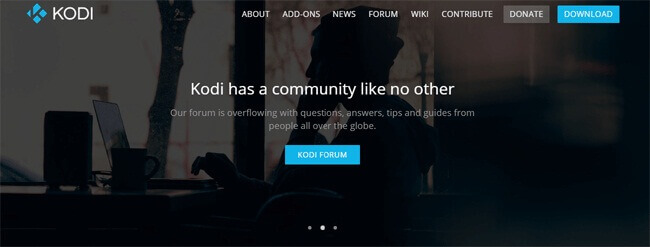
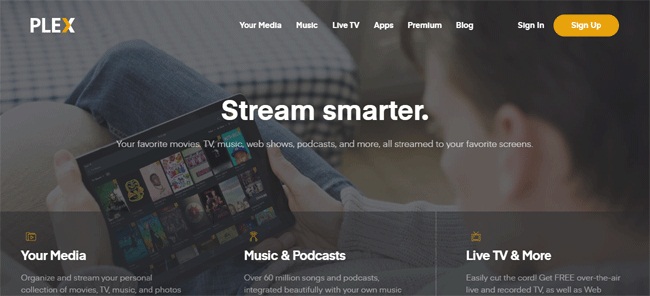

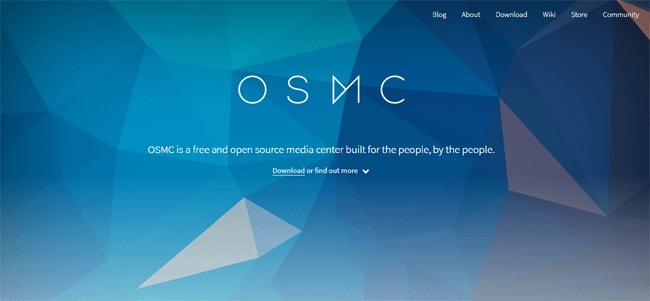
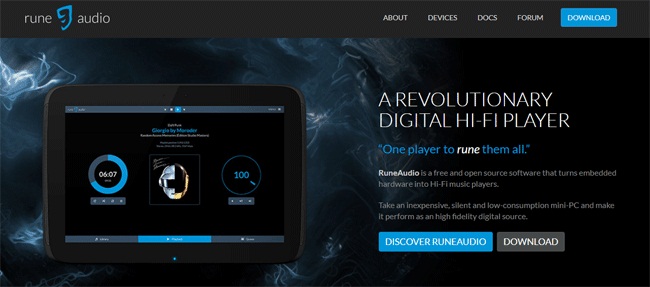
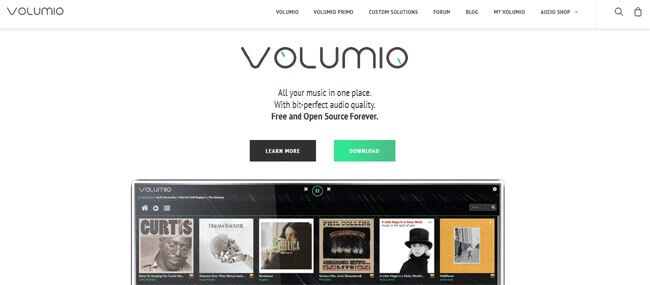


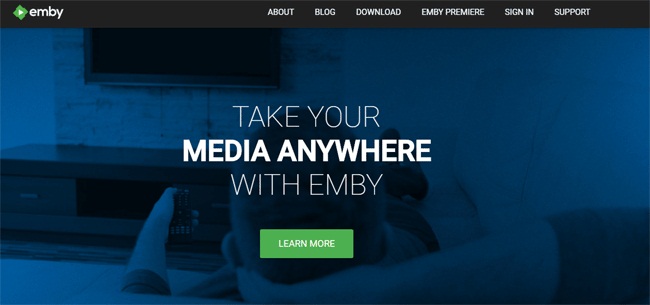

Leave a Reply